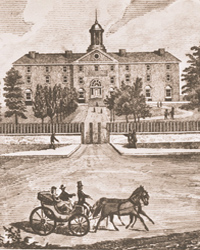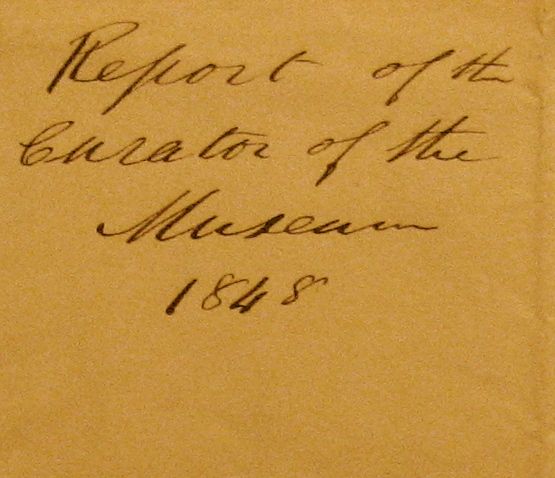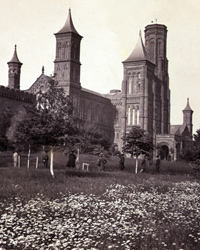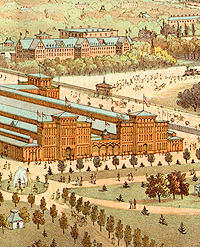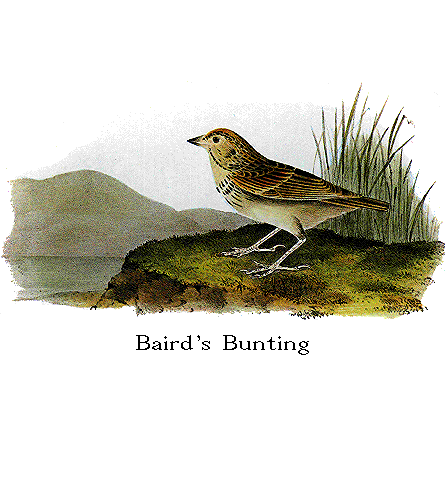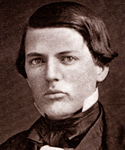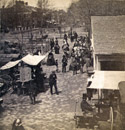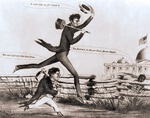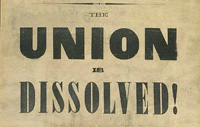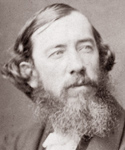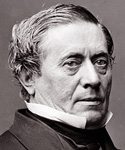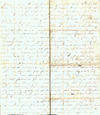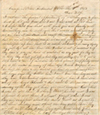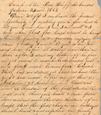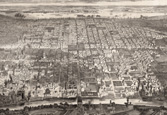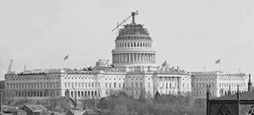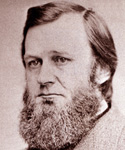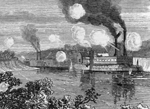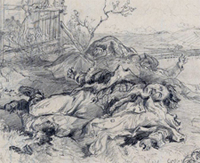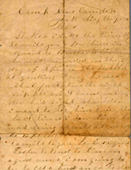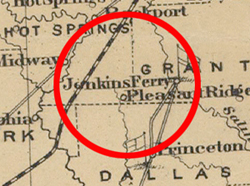Spencer Fullerton Baird: Natural Born Naturalist
by Rebecca Solnit
by Rebecca Solnit
At age 17, Spencer Fullerton Baird wrote America’s leading ornithologist, John James Audubon. Though Baird had begun collecting birds and other natural specimens around his home in Carlisle, Pennsylvania when he was only eight, he asked Audubon for advice on two undocumented flycatchers, writing: “I am but a boy and very inexperienced.” However, Audubon quickly recognized Baird’s natural talent and dedication, replying, “your style and the descriptions you have sent me prove to me that an old head may from time to time be found on young shoulders.” Baird would develop from an amateur collector into one of the foremost nineteenth-century authorities on the scientific collection of natural specimens.
"Spencer Fullerton Baird" p. 2
After graduating from Dickinson College in 1840, Baird began taking private lessons with his mentor Audubon. During this period, Spencer made sure to take advantage of his brother’s residence in Washington, DC, where William Baird collected birds native to the Potomac region. “Try and get me heads of all the birds which cannot be procured here,” Spencer wrote, “by pulling off the skin, taking out the eyes, and extracting the brain or some of it, and putting them in the sun.” The brothers’ correspondence documented their increasing collection, and in 1843 they published their first paper in the scientific journal: Proceedings of the Academy of Natural Science. The Baird brothers’ shared passion for the natural world sustained Spencer’s and William’s close relationship even as Spencer began his professional career.
"Spencer Fullerton Baird" p. 3
In July 1845, Dickinson College offered Spencer Baird an unsalaried position as an honorary professor of natural science and curator of the school’s Natural History Cabinet, which was the first step to Baird’s appointment as a full professor only one year later. As a professor Baird introduced innovative field excursions to supplement the classroom. Baird’s student, Moncure Conway, wrote of his professor’s enthusiasm for the natural world, which captivated his students. Baird was responsible for the expansion of the school’s collection not only by adding his own specimens, but also by sparking scientific interest in his students. During Baird’s short tenure as a professor and curator at Dickinson College, the Cabinet needed a new building to accommodate its exhibits.
"Spencer Fullerton Baird" p. 4
Baird and his personal collections traveled to Washington, DC in 1850 where he secured the position of assistant secretary and curator of the Smithsonian Institution. The U.S. Senate incorporated the Smithsonian Institution on August 10, 1846 under the provision that the organization should include a library, museum, and art gallery for the expansion of public knowledge. However, the Smithsonian’s first secretary, Joseph Henry, did not believe a museum should be the institution’s focus and so transferred the growing Smithsonian collections to a separate United States National Museum in 1858, to be curated by Baird. Within Baird’s first decade at the Smithsonian, the Institution’s natural science specimens increased from 6,000 to 150,000 catalogued items. Though tension in the rest of the country finally exploded on April 12, 1861 with the bombardment of Fort Sumter and the beginning of the Civil War, Baird merely put his egg collection in storage and moved to collecting in northern states to wait out the war.
"Spencer Fullerton Baird" p. 5
Baird returned to Washington after the end of the war where he resumed his responsibilities as the Smithsonian’s assistant secretary. The 1876 Centennial Exposition in Philadelphia presented Baird with the opportunity to display his lifelong collecting efforts through special exhibits devoted to the Smithsonian, National Museum, and National Fish Commission. Following the Exposition, Baird left Philadelphia with an additional sixty train cars full of donated specimens. The combination of the popularity of Baird’s exhibits at the Centennial Exposition and the sheer volume of the items he brought back to Washington, finally convinced the federal government to fund a new building for the museum, now the Smithsonian Arts and Industries Building on Jefferson Drive, Washington, DC.
"Spencer Fullerton Baird" p. 6
Spencer Baird became the secretary of the Smithsonian in 1878, and he spent his last nine years helping create the foundation of the modern Smithsonian museum system. Baird’s contributions to the Smithsonian Institution can be seen through its growth from the original Smithsonian Castle to the sprawling network of Smithsonian buildings that currently frame the National Mall. Beyond the Smithsonian, Baird left a scientific legacy that transcended the thousands of specimens he collected, inspiring a new, evidence-driven way to study natural science. Baird’s old friend and mentor, John Audubon had recognized Baird’s potential in 1844 when he named a newly discovered species of bird, Baird’s Bunting. To date there are more than twelve species of fish, over twenty-five species of mammals, birds, and mollusks, and one entire genus named for Spencer Fullerton Baird. Baird’s collecting helped transform nineteenth-century American science by documenting America’s own natural history. It was a career he seemed quite literally born to pursue.

